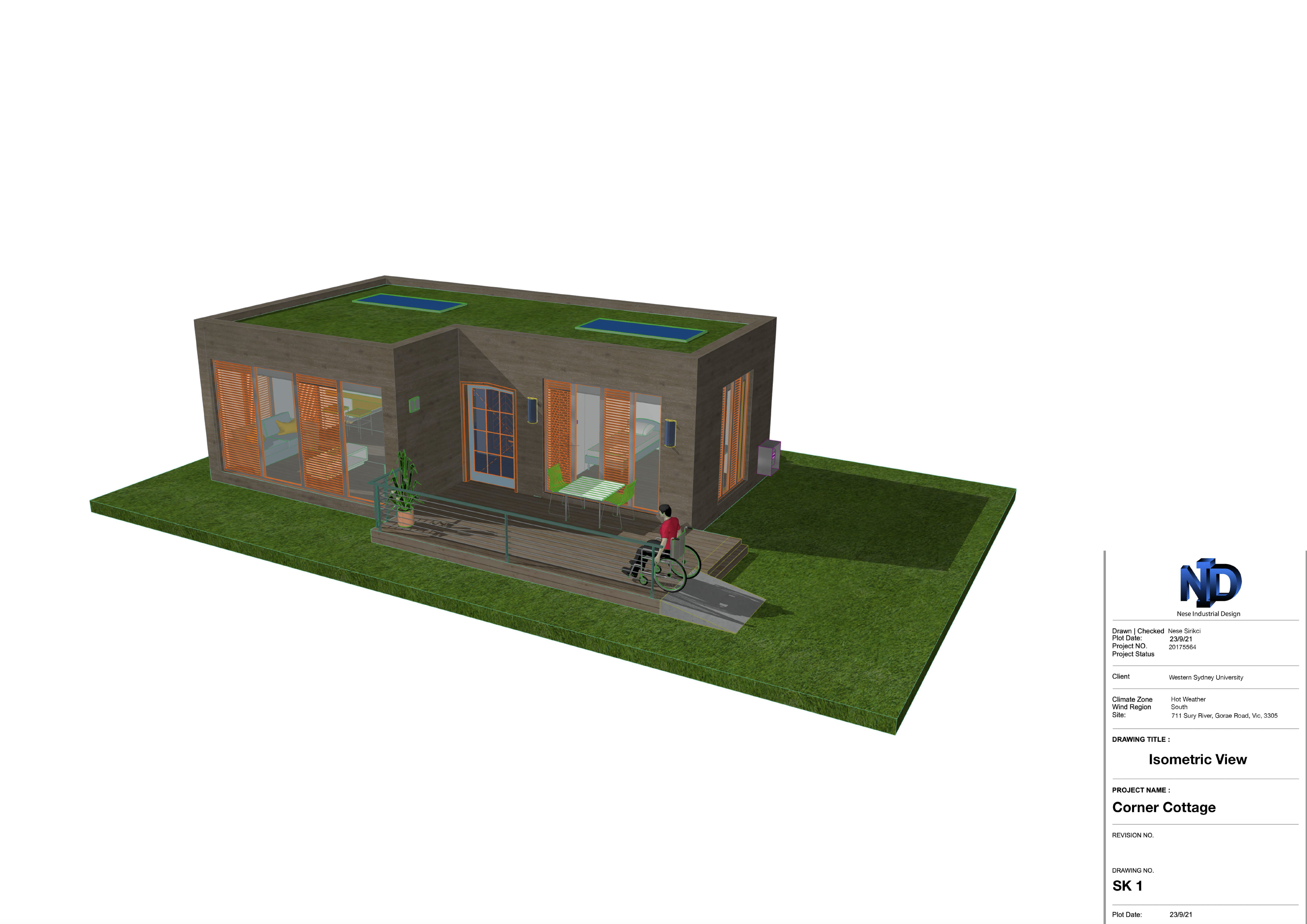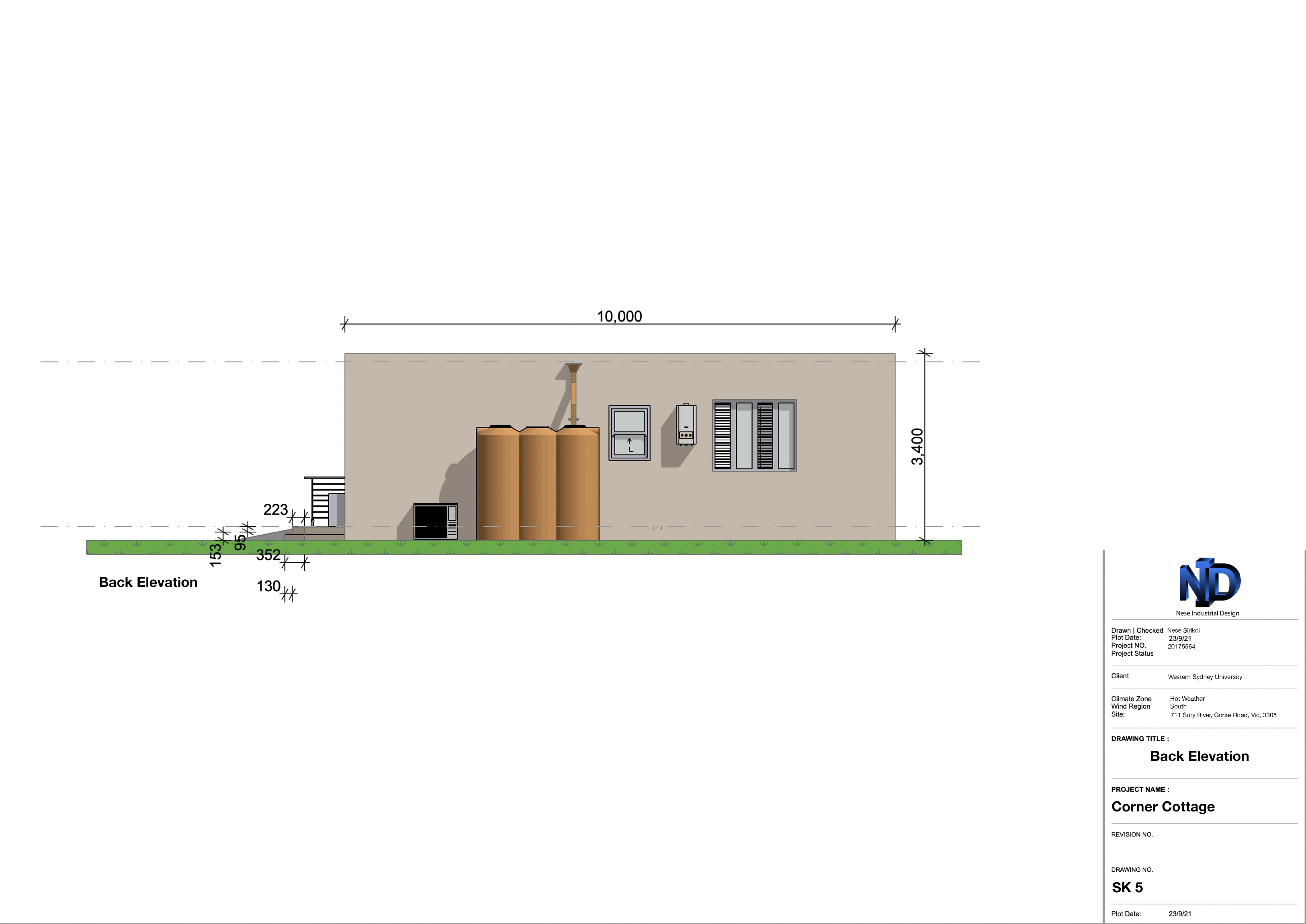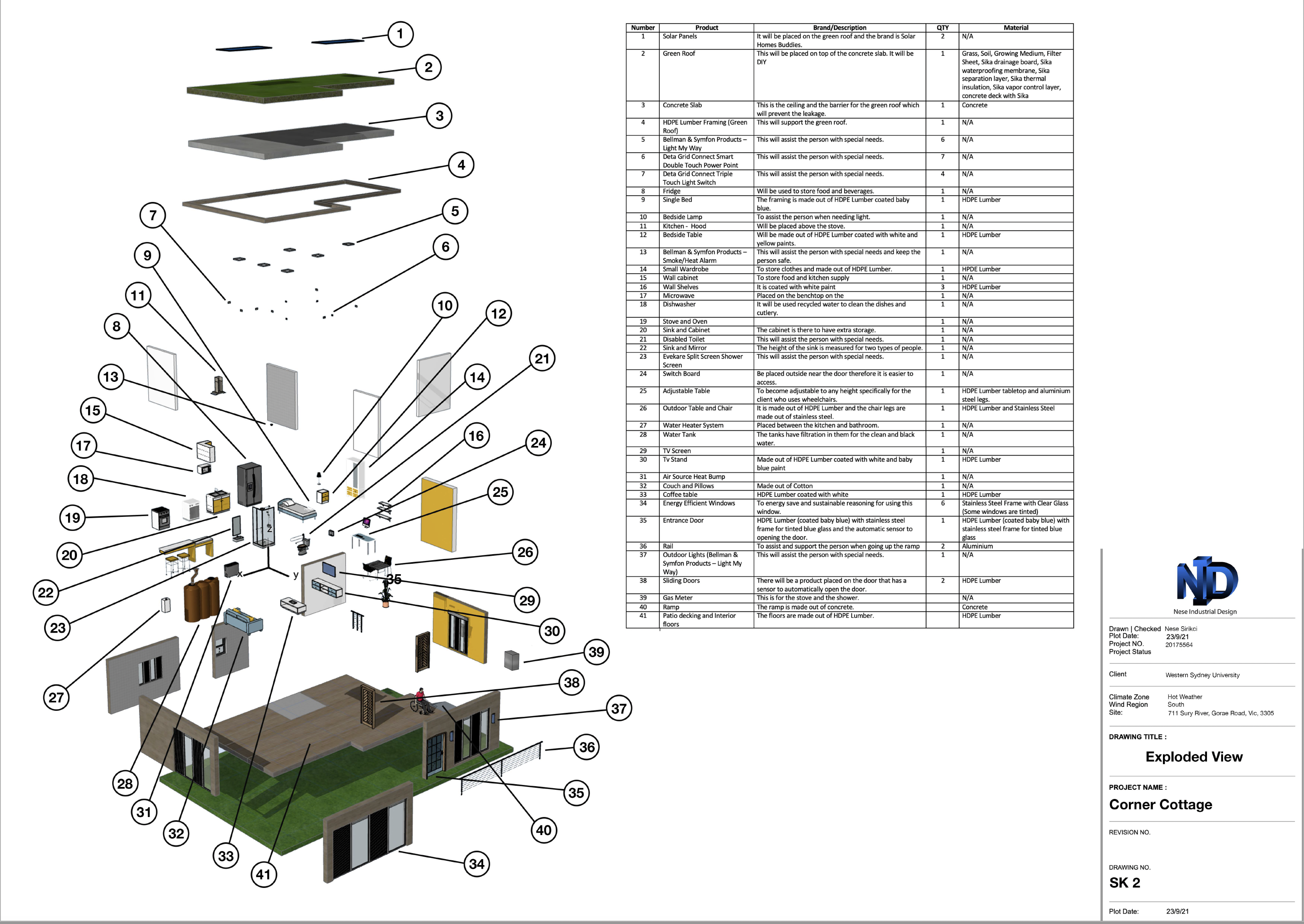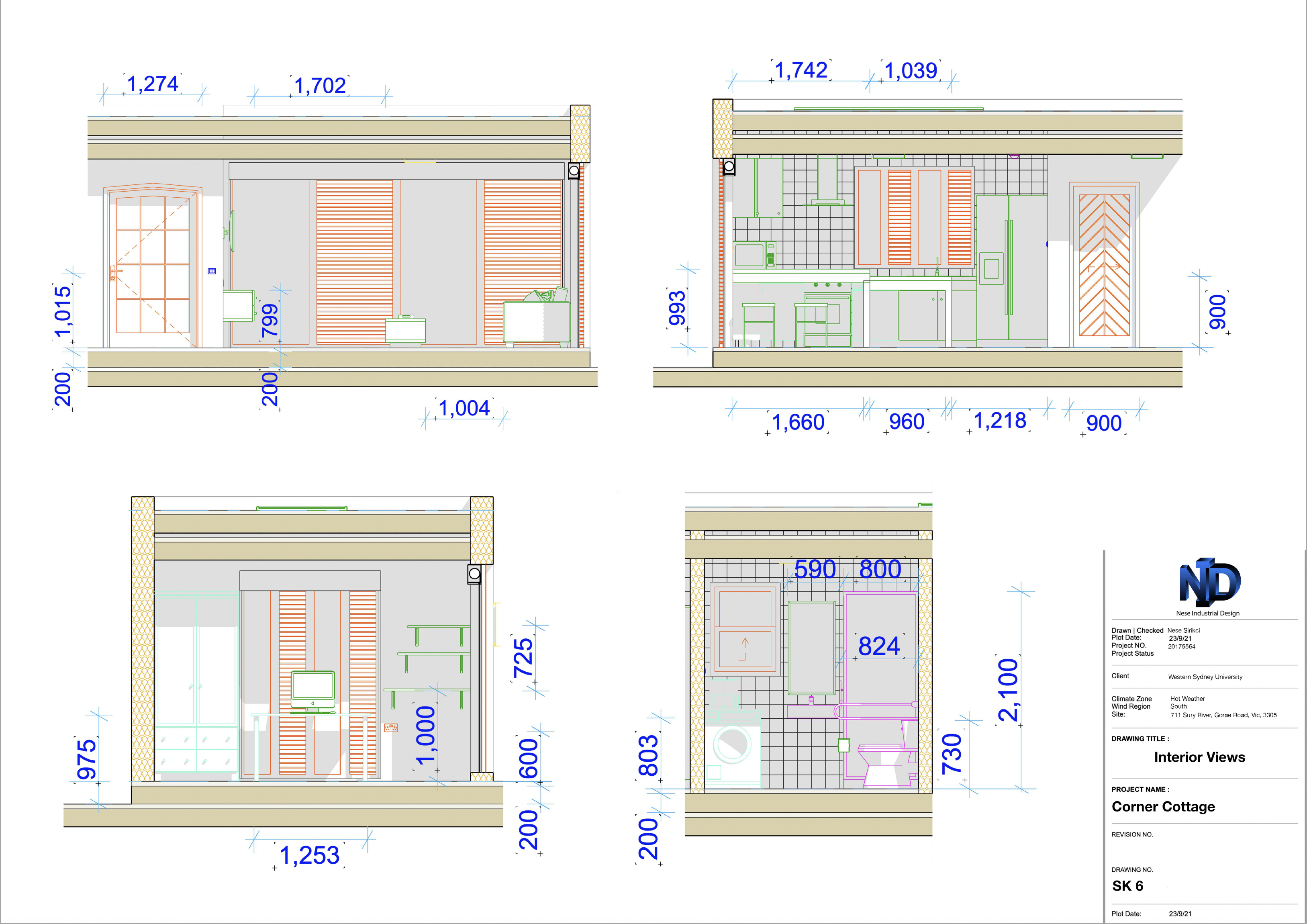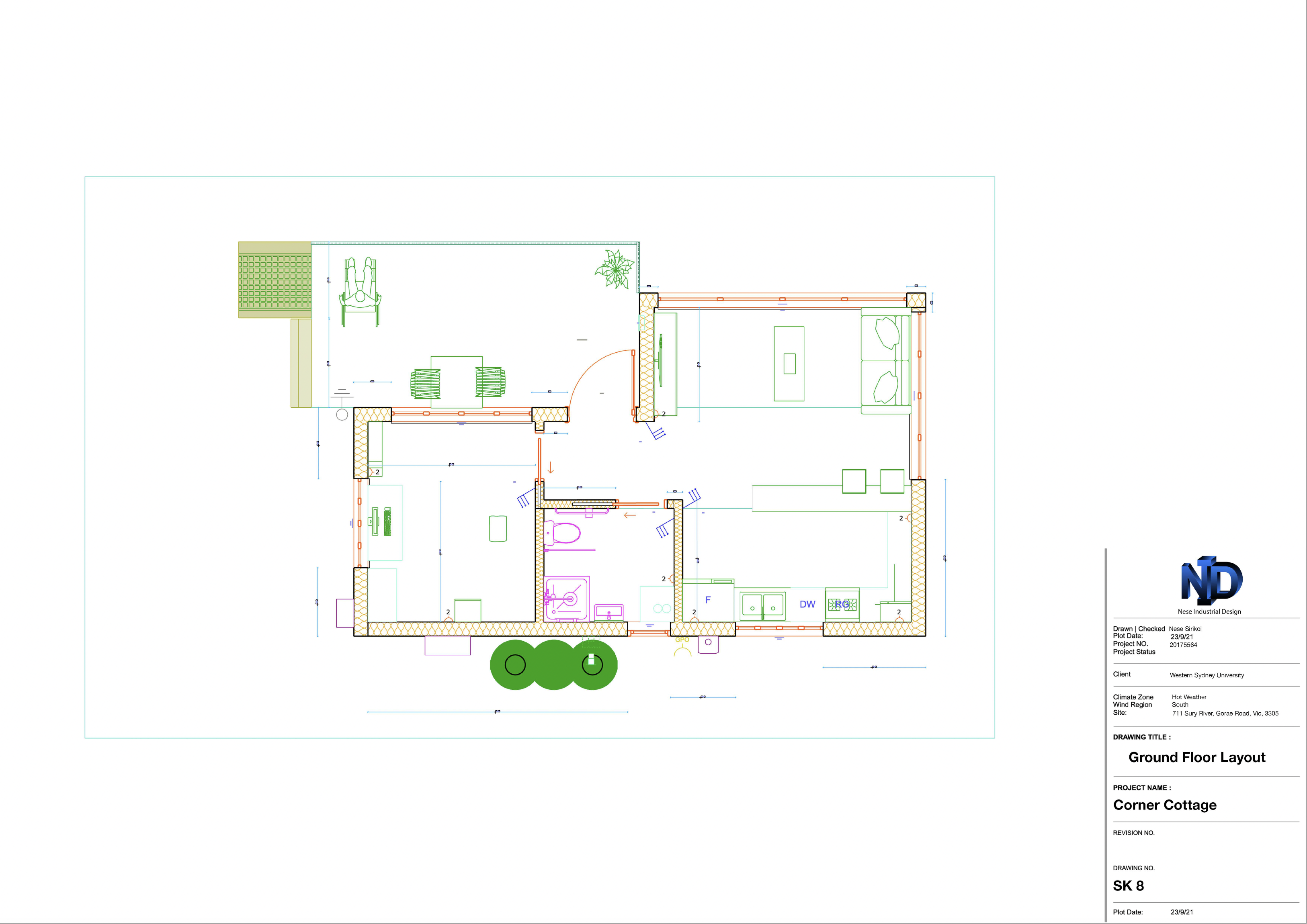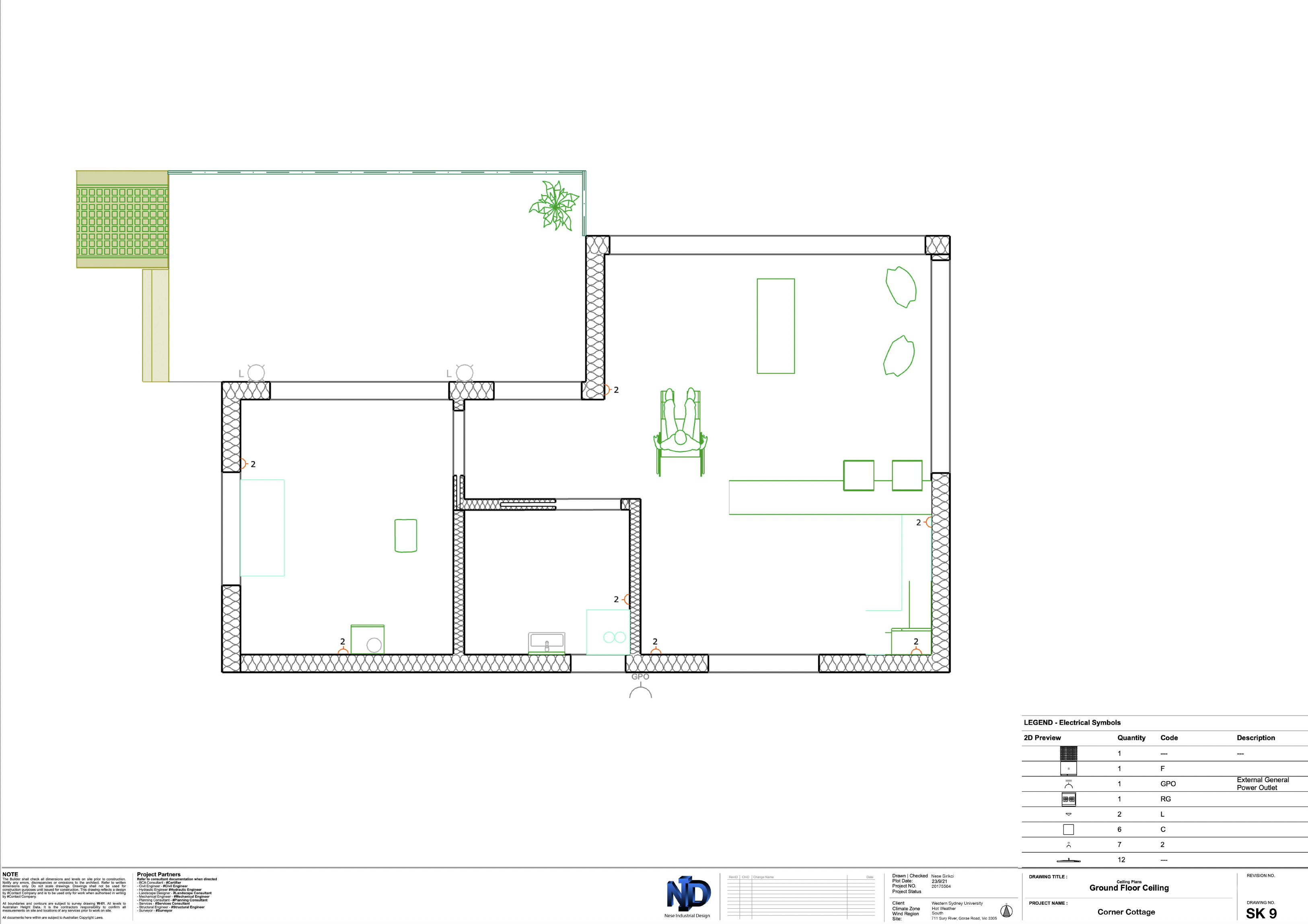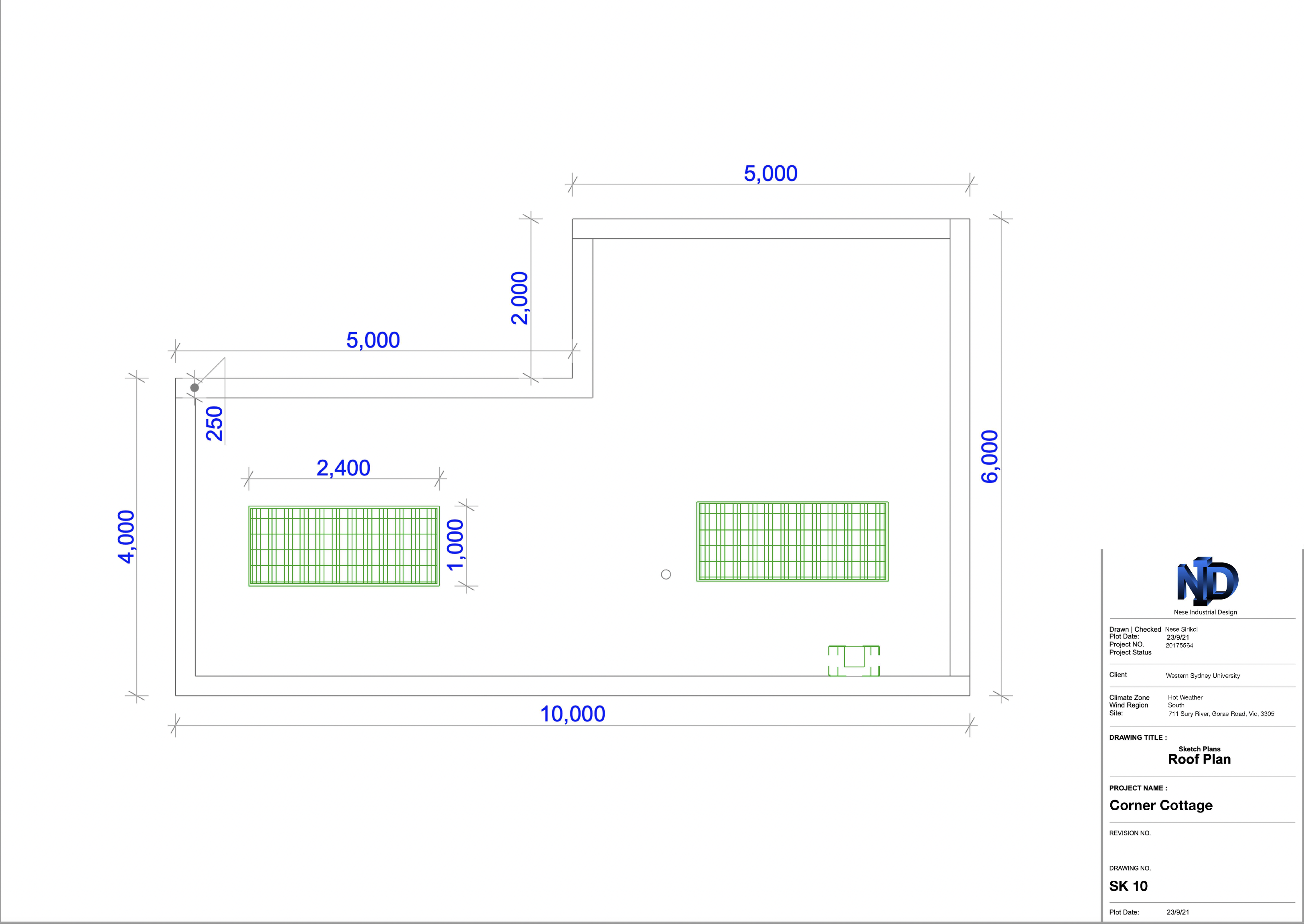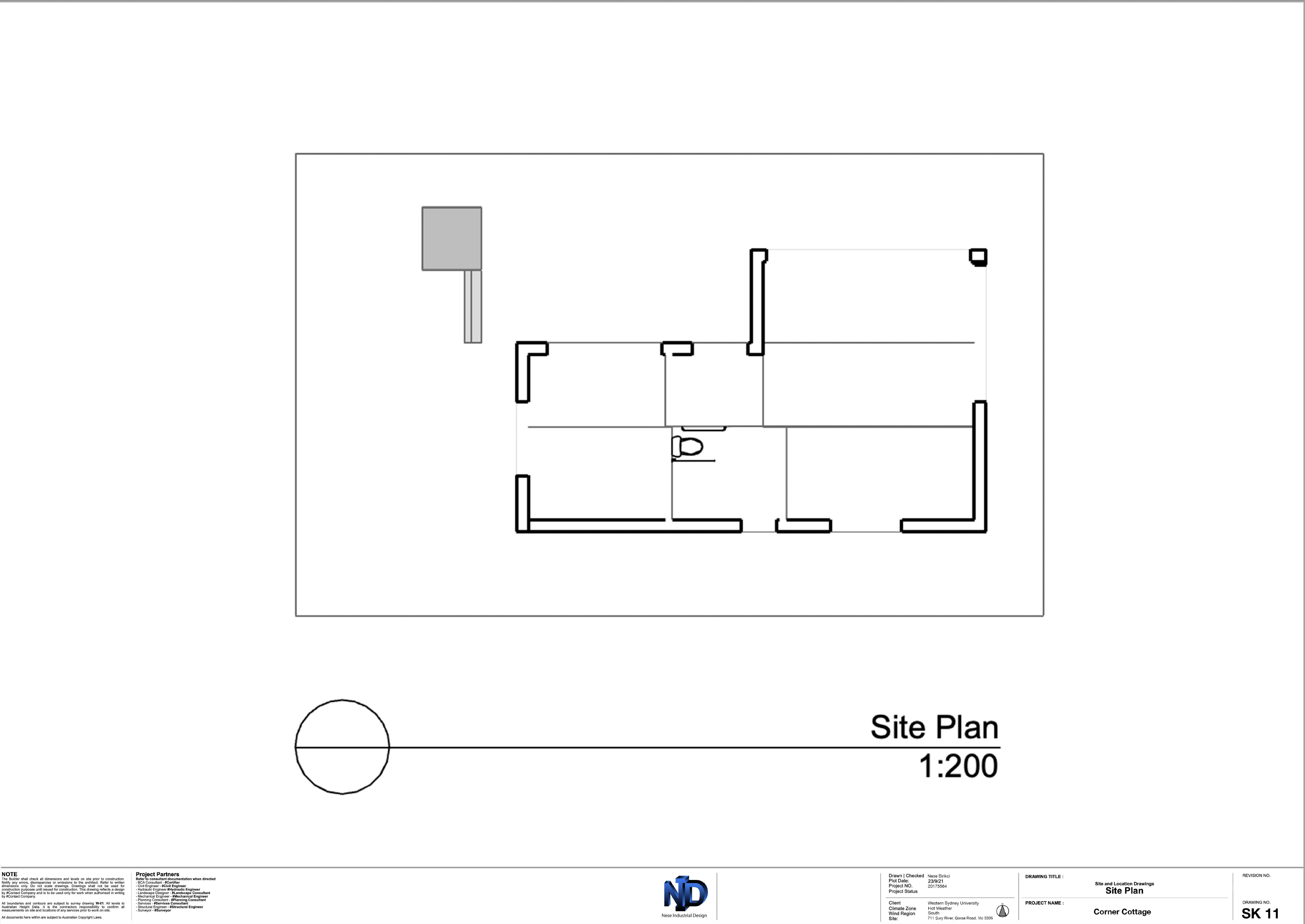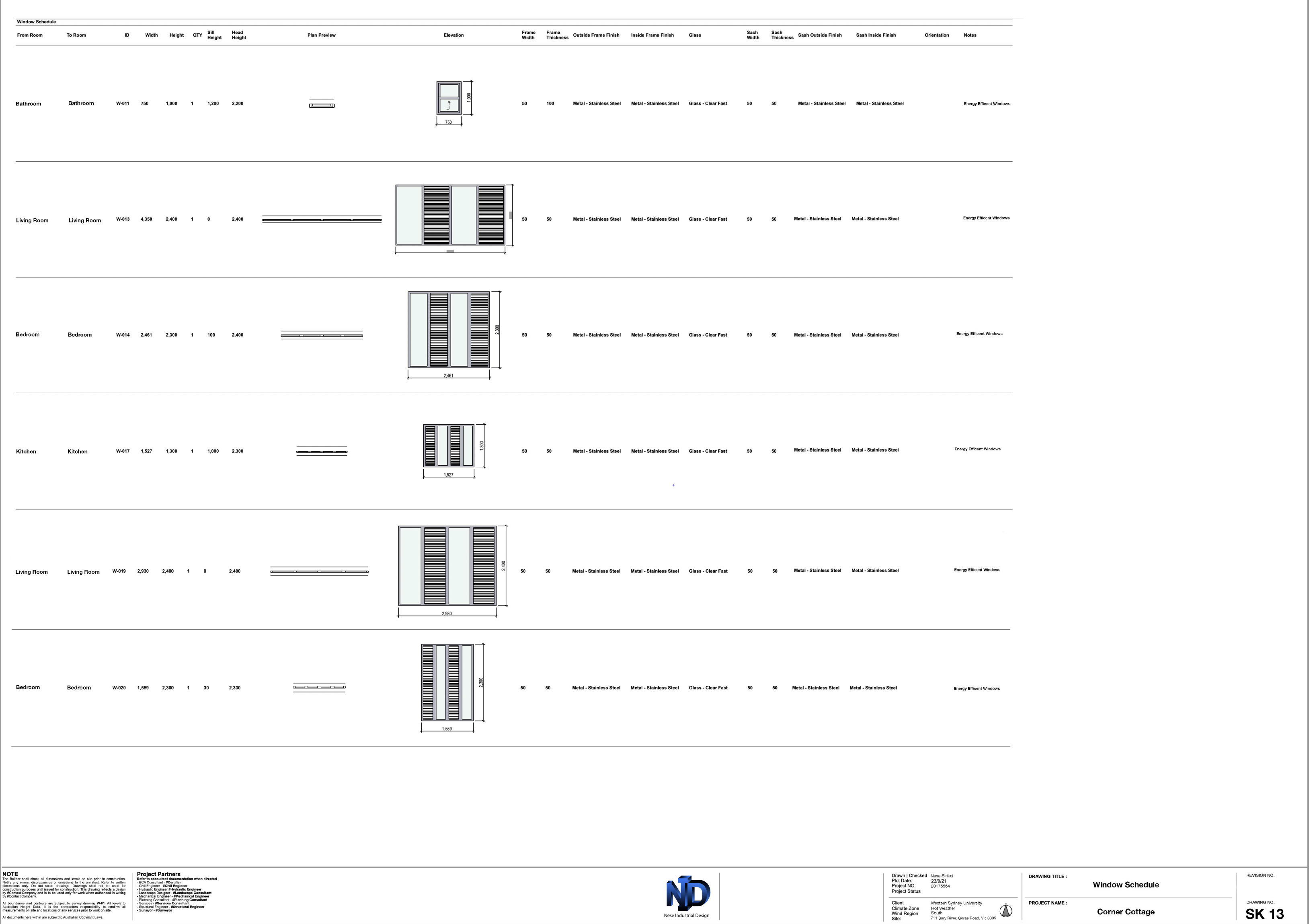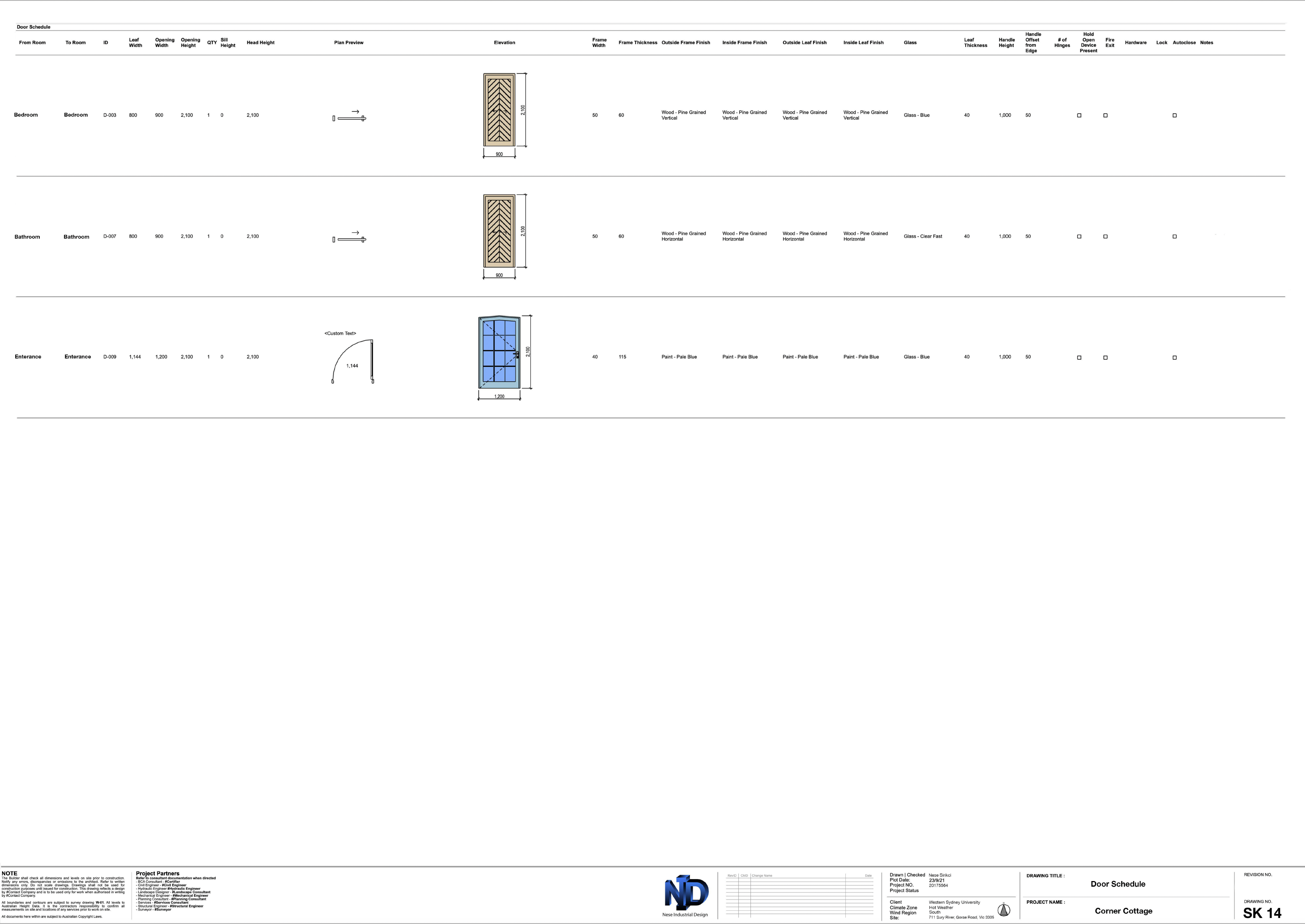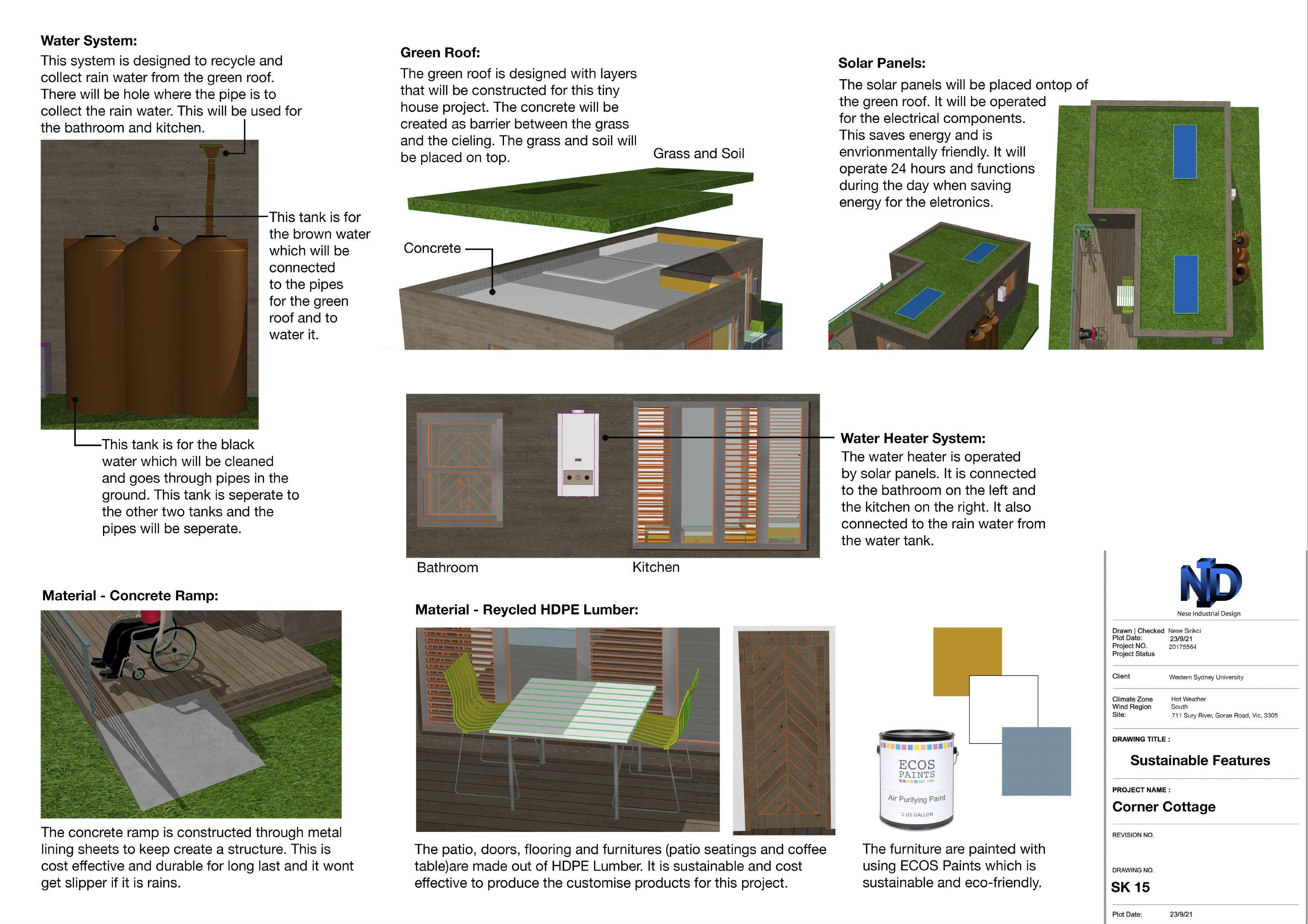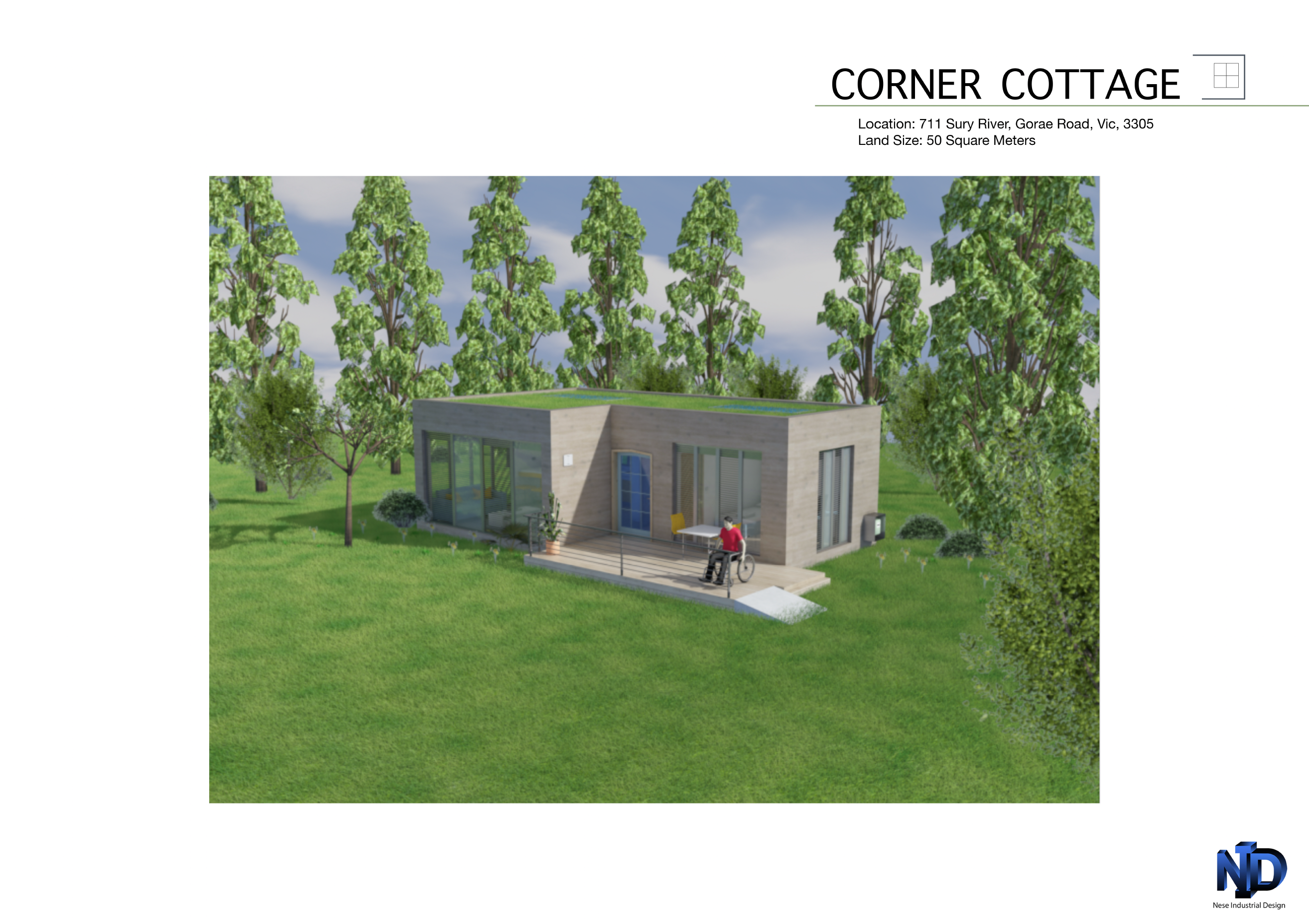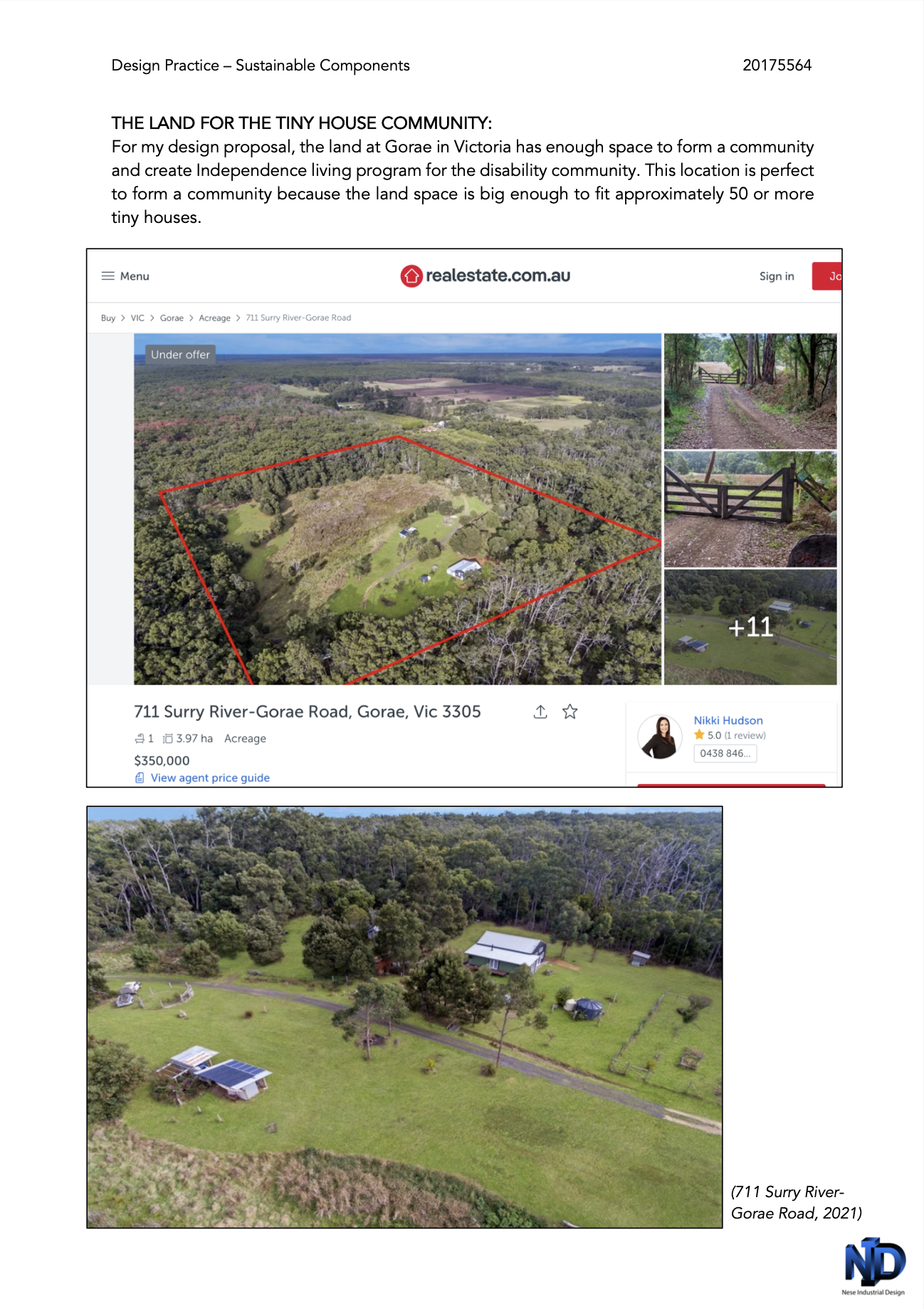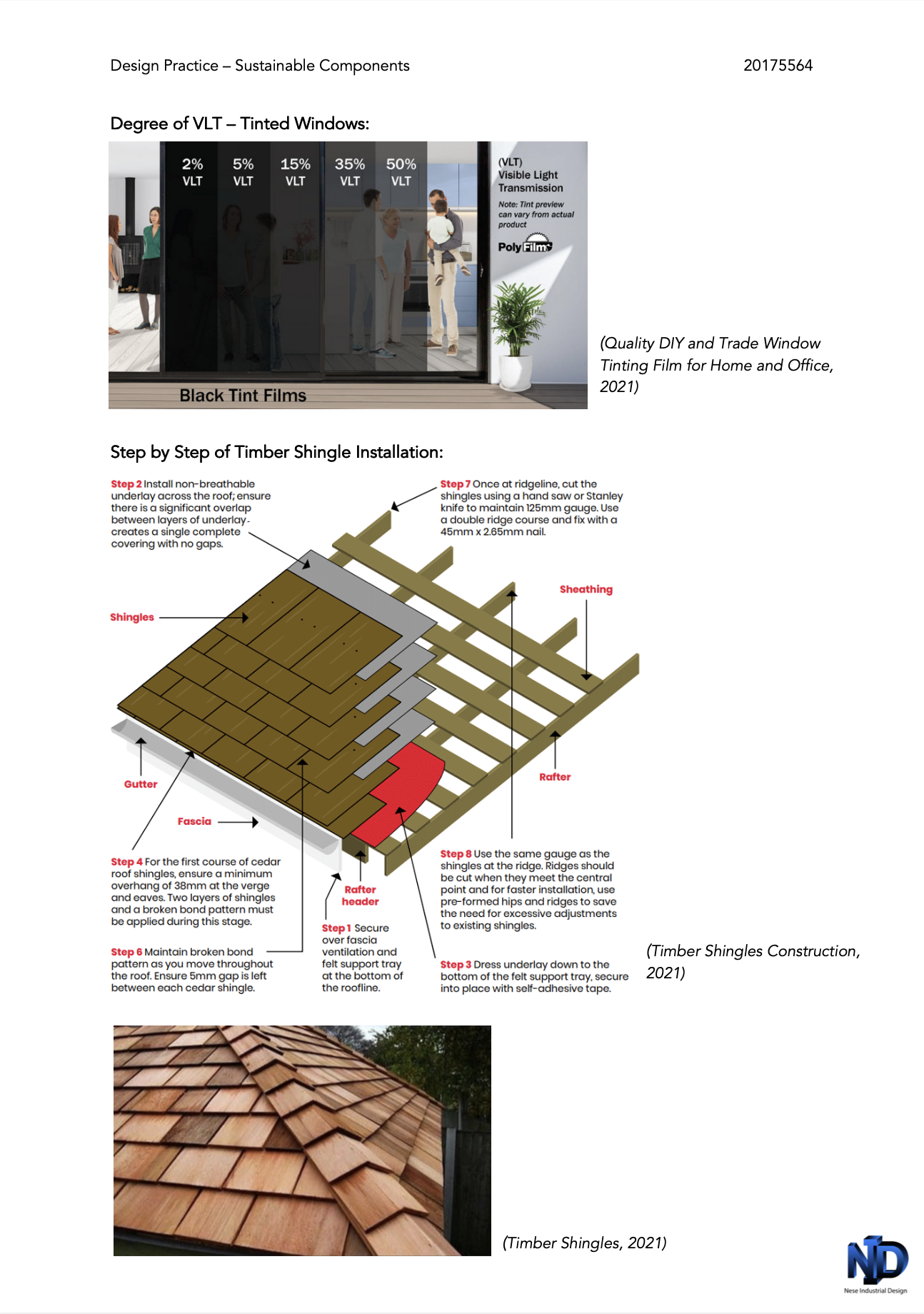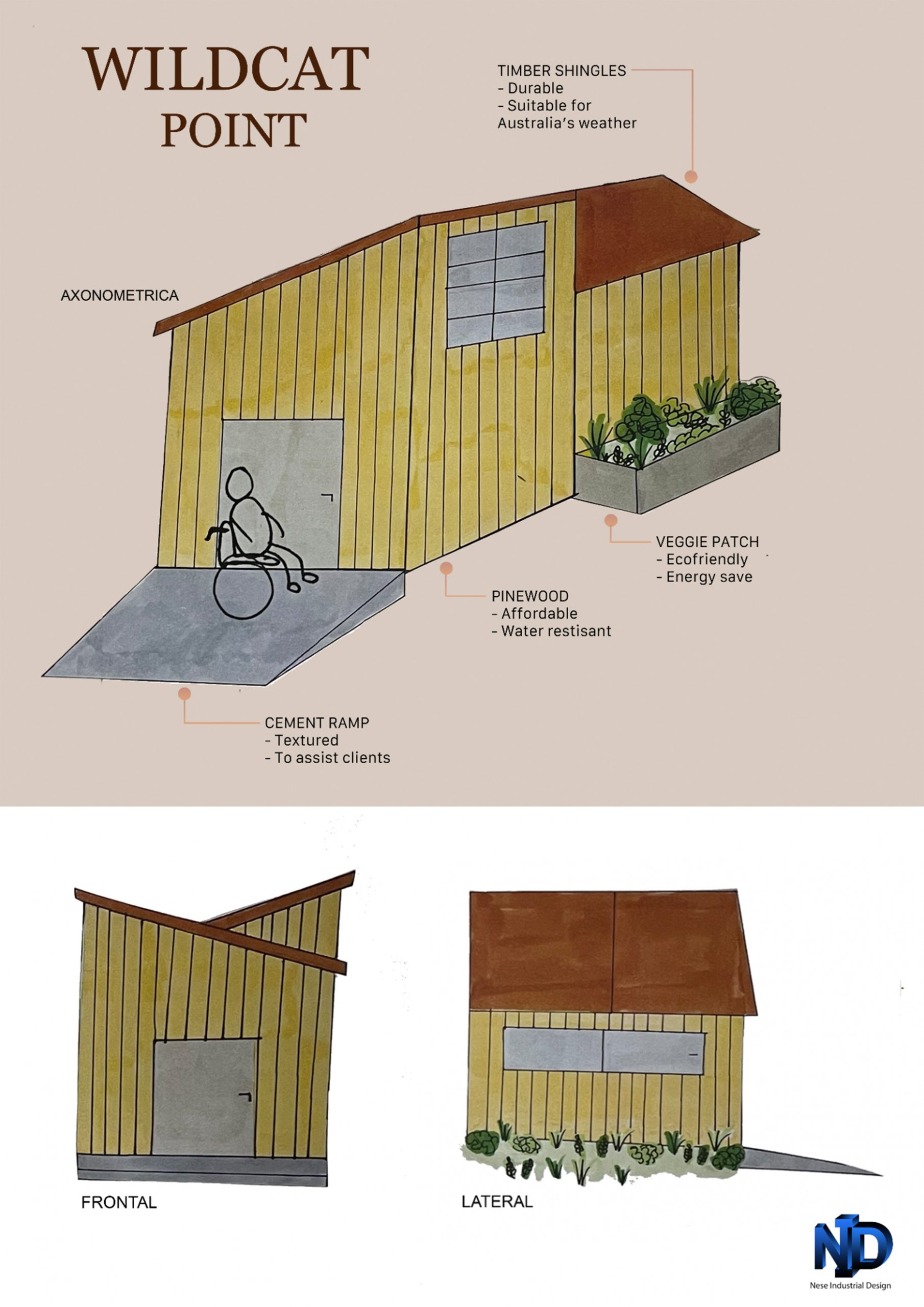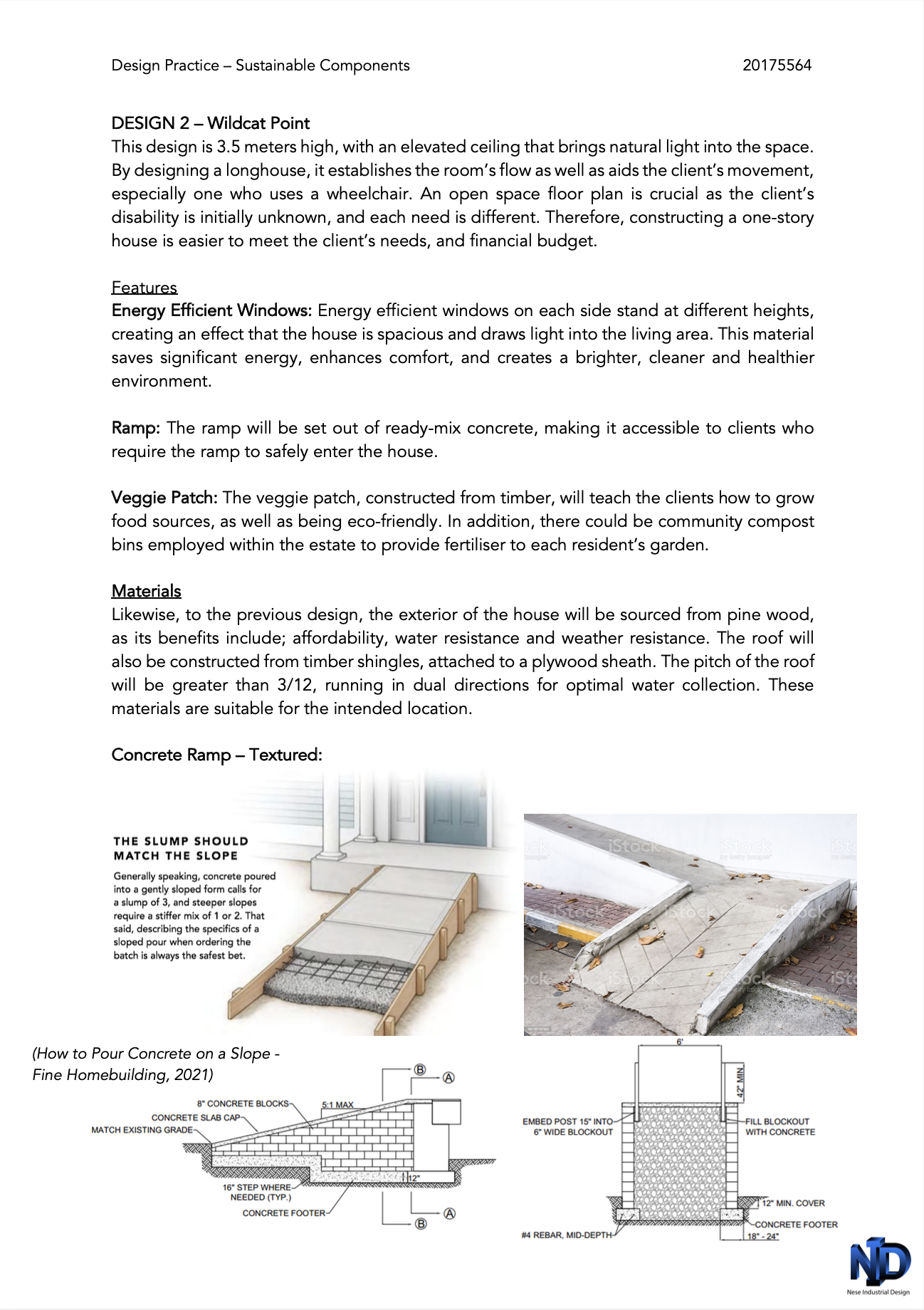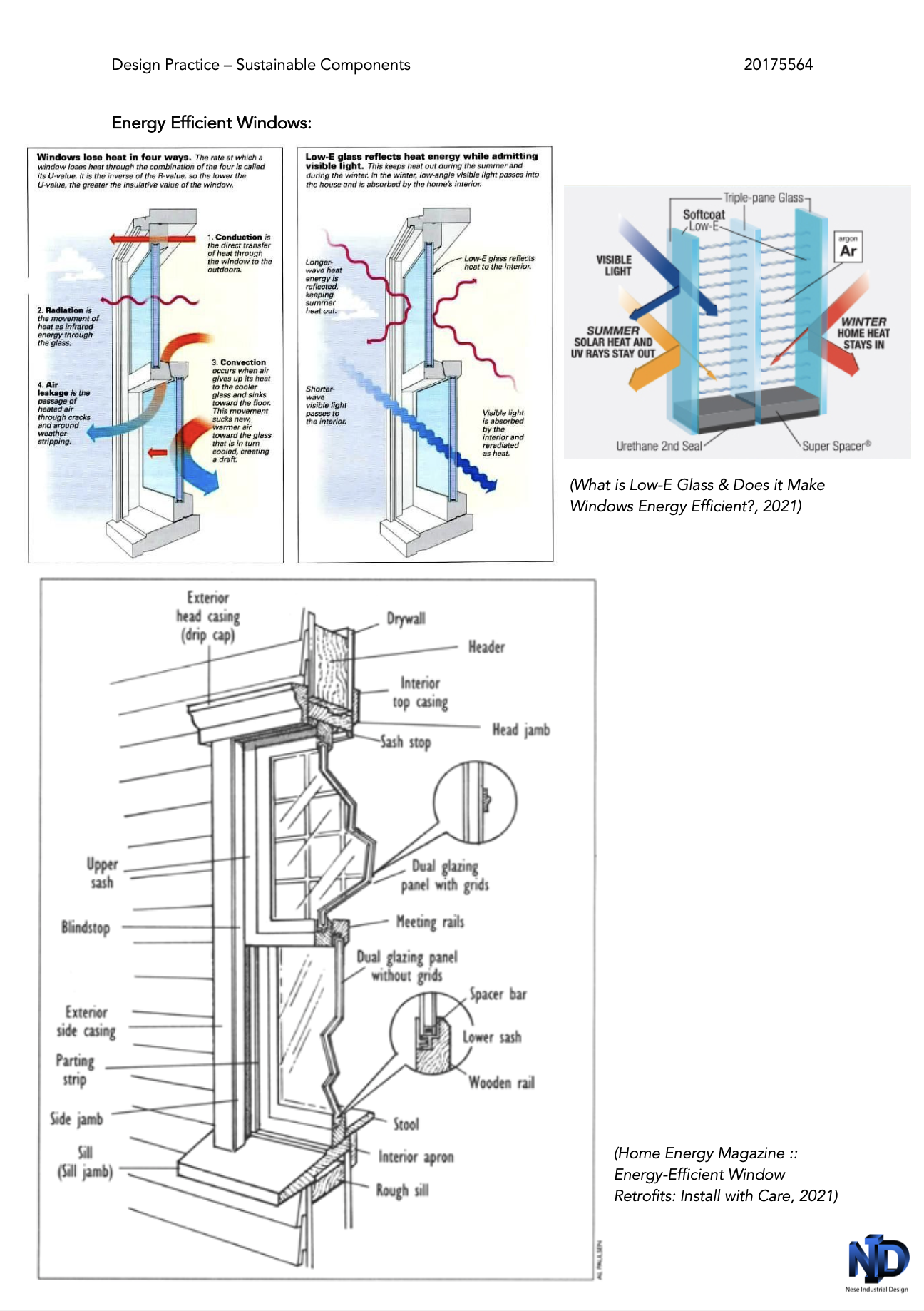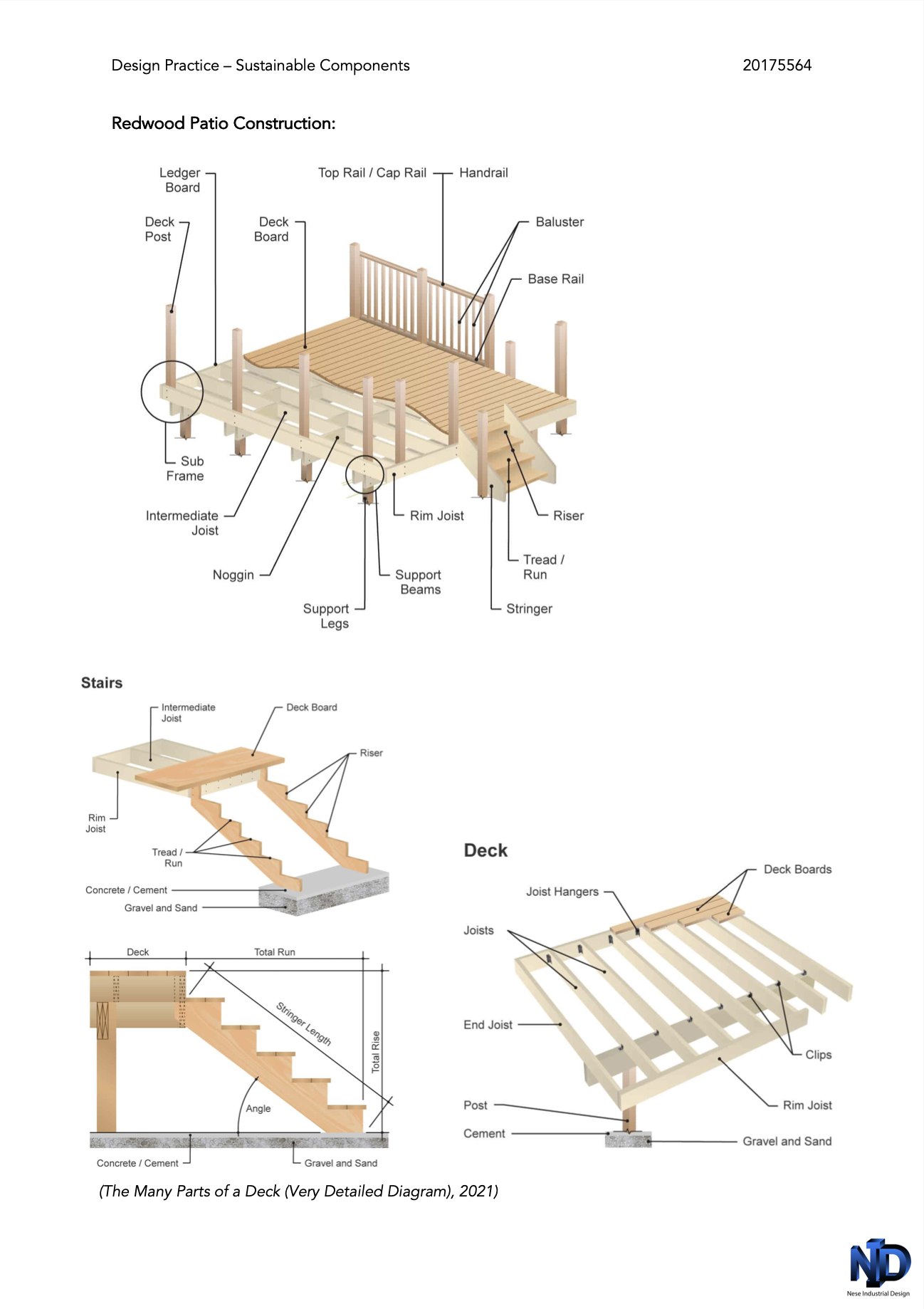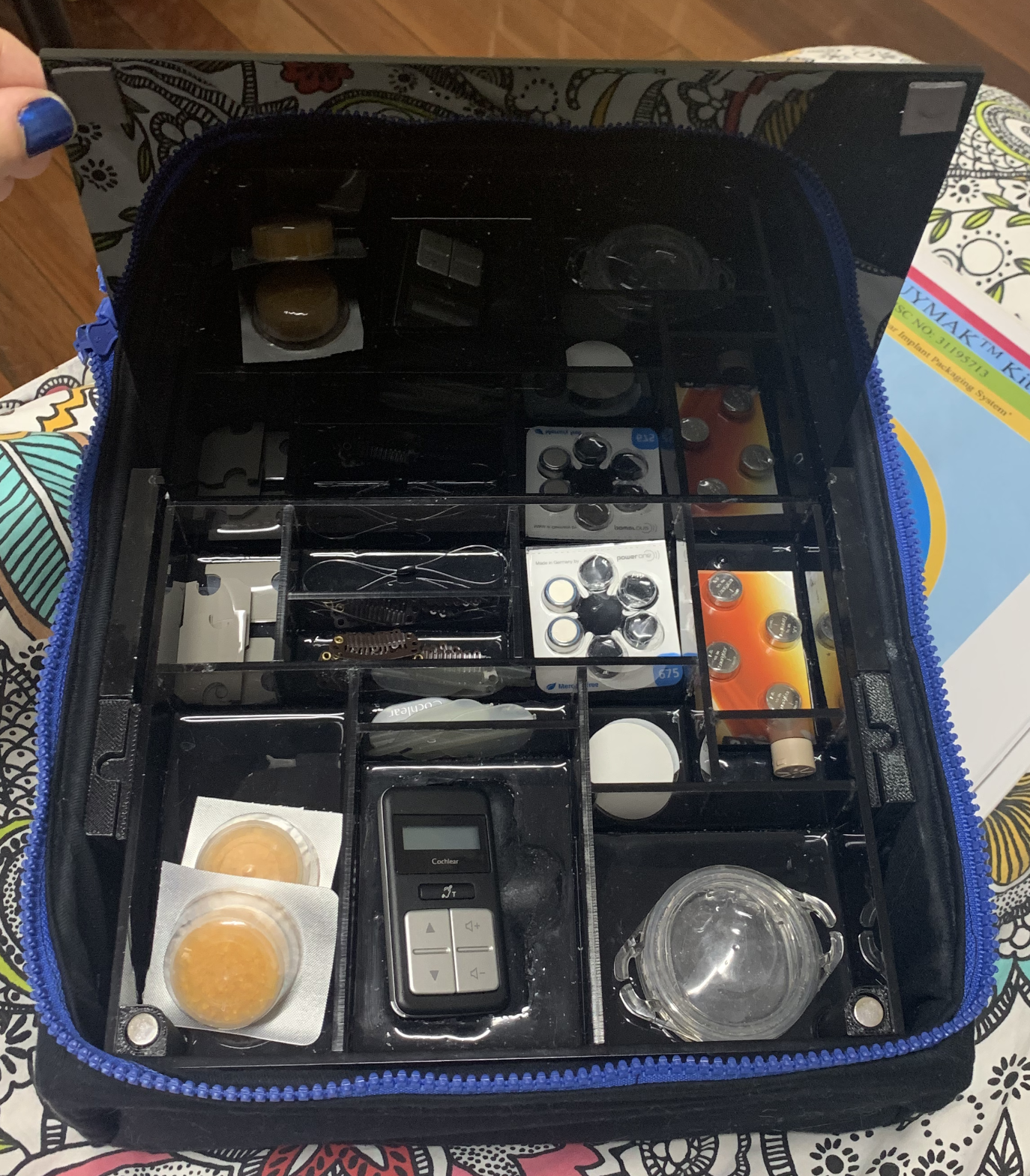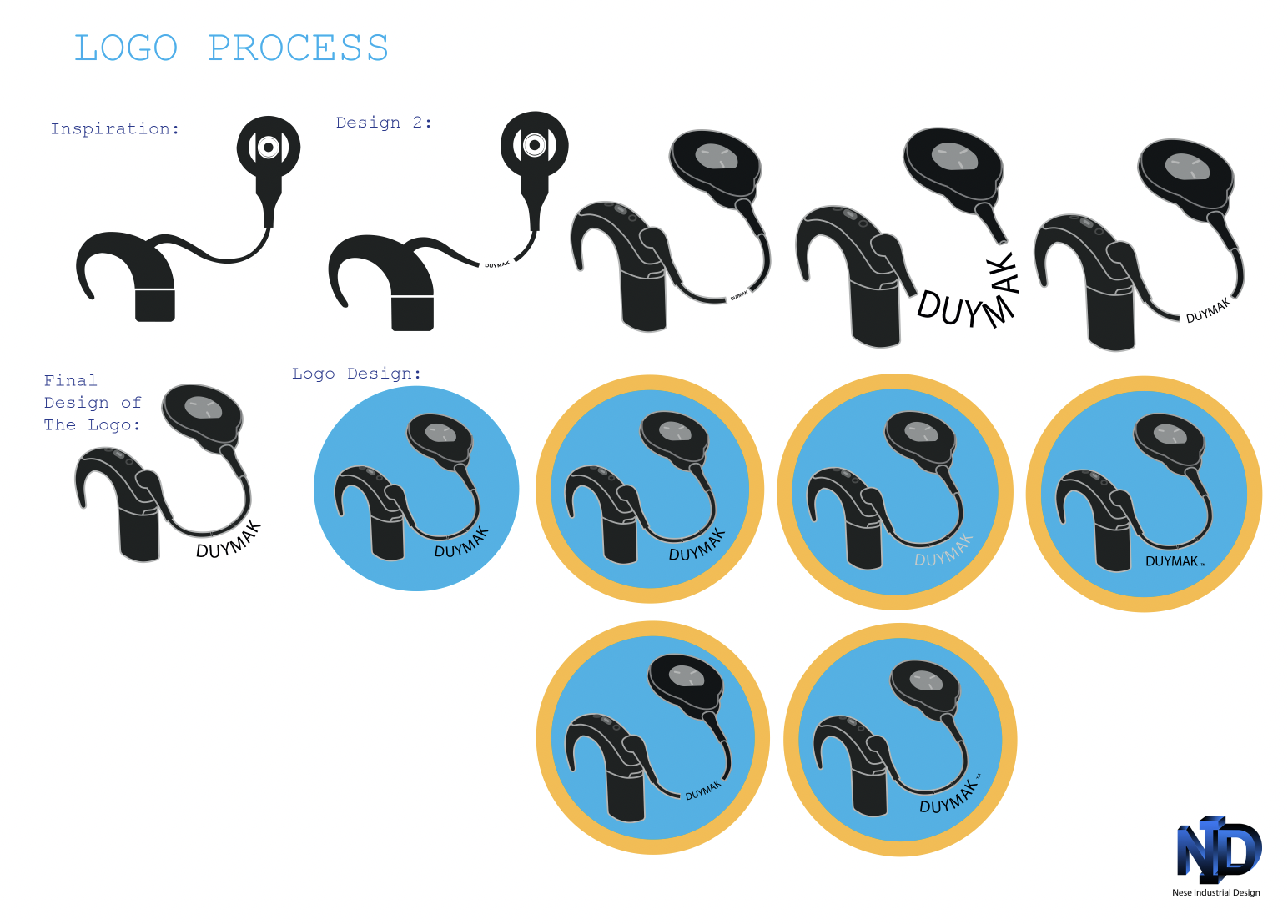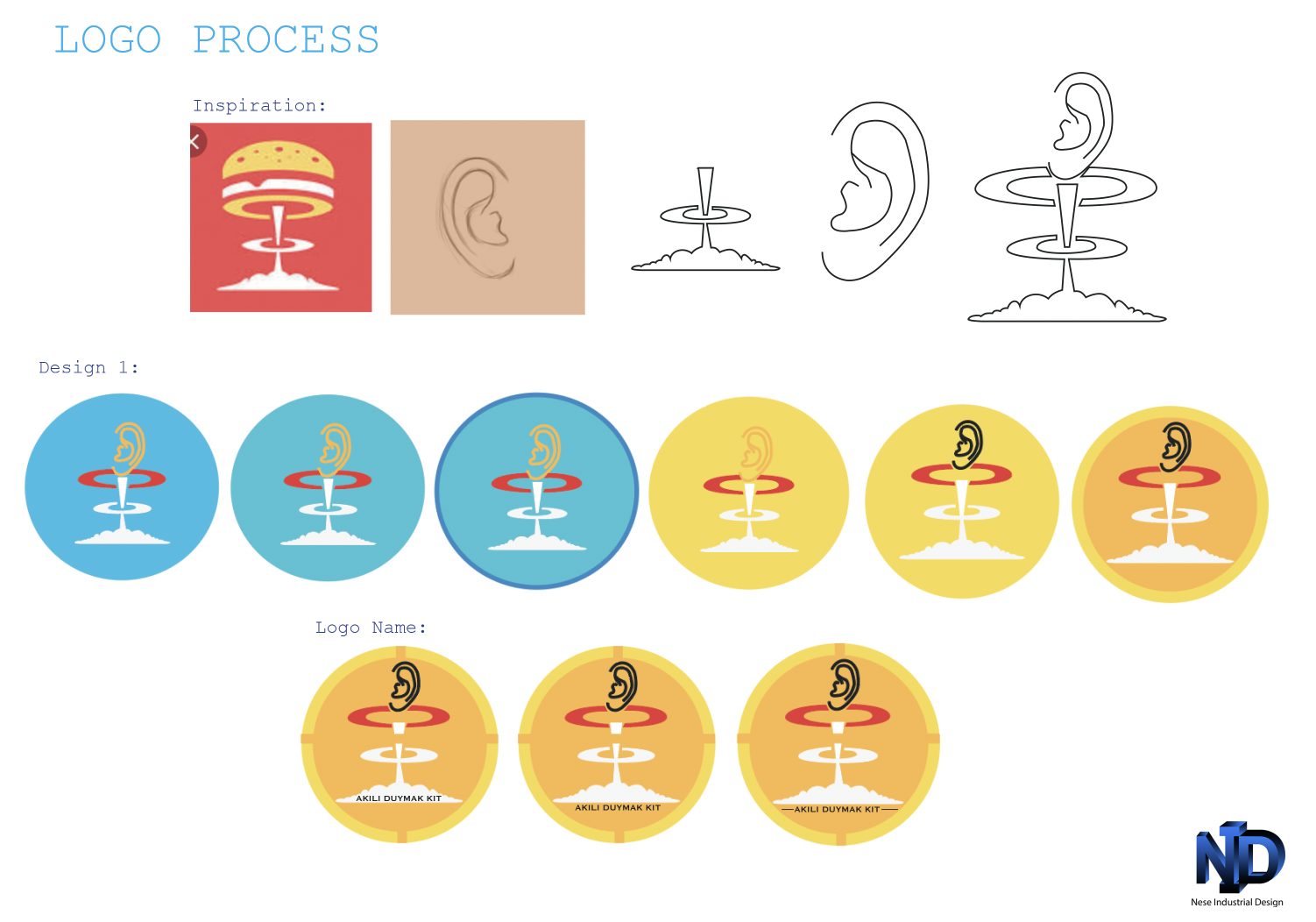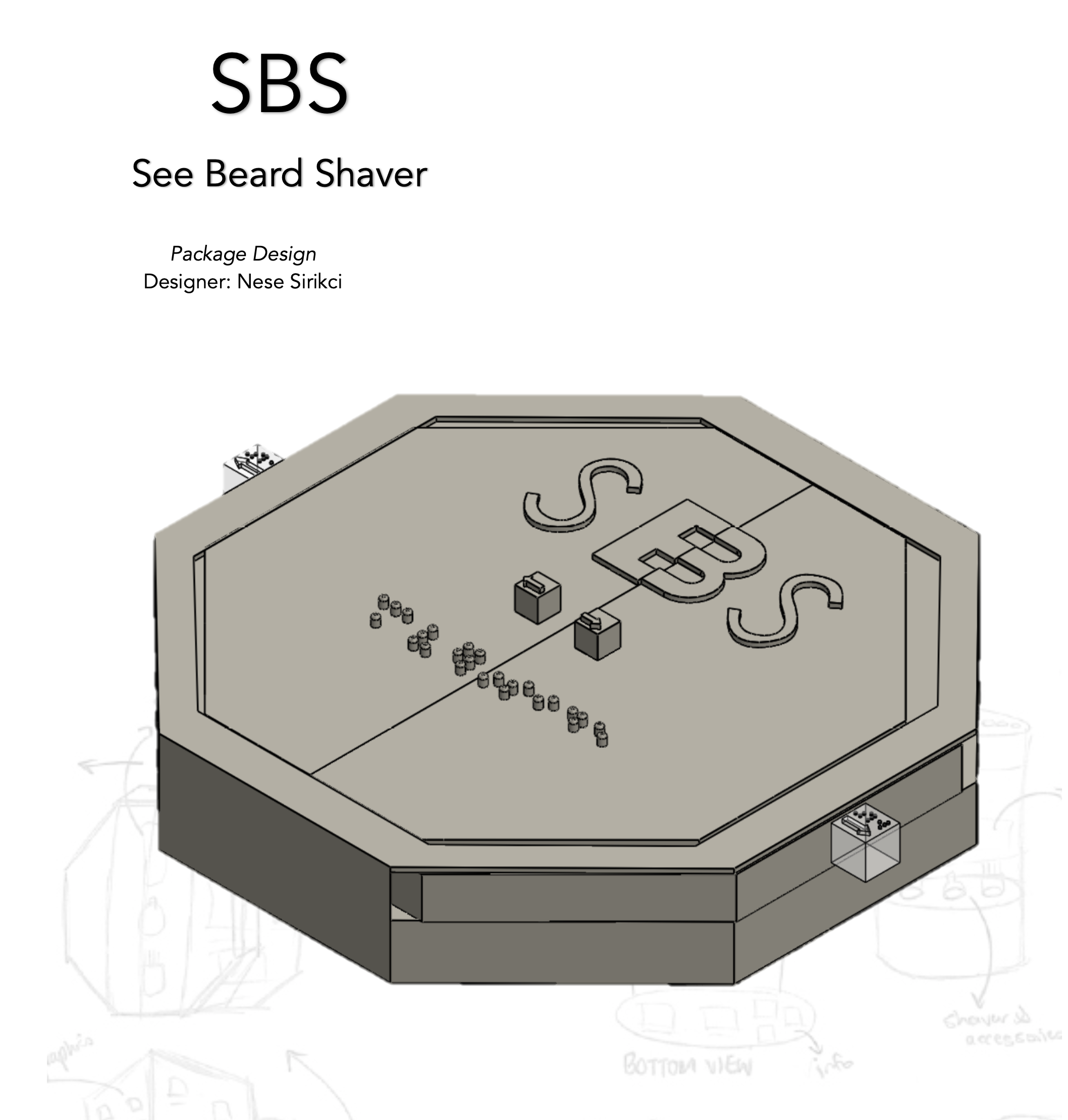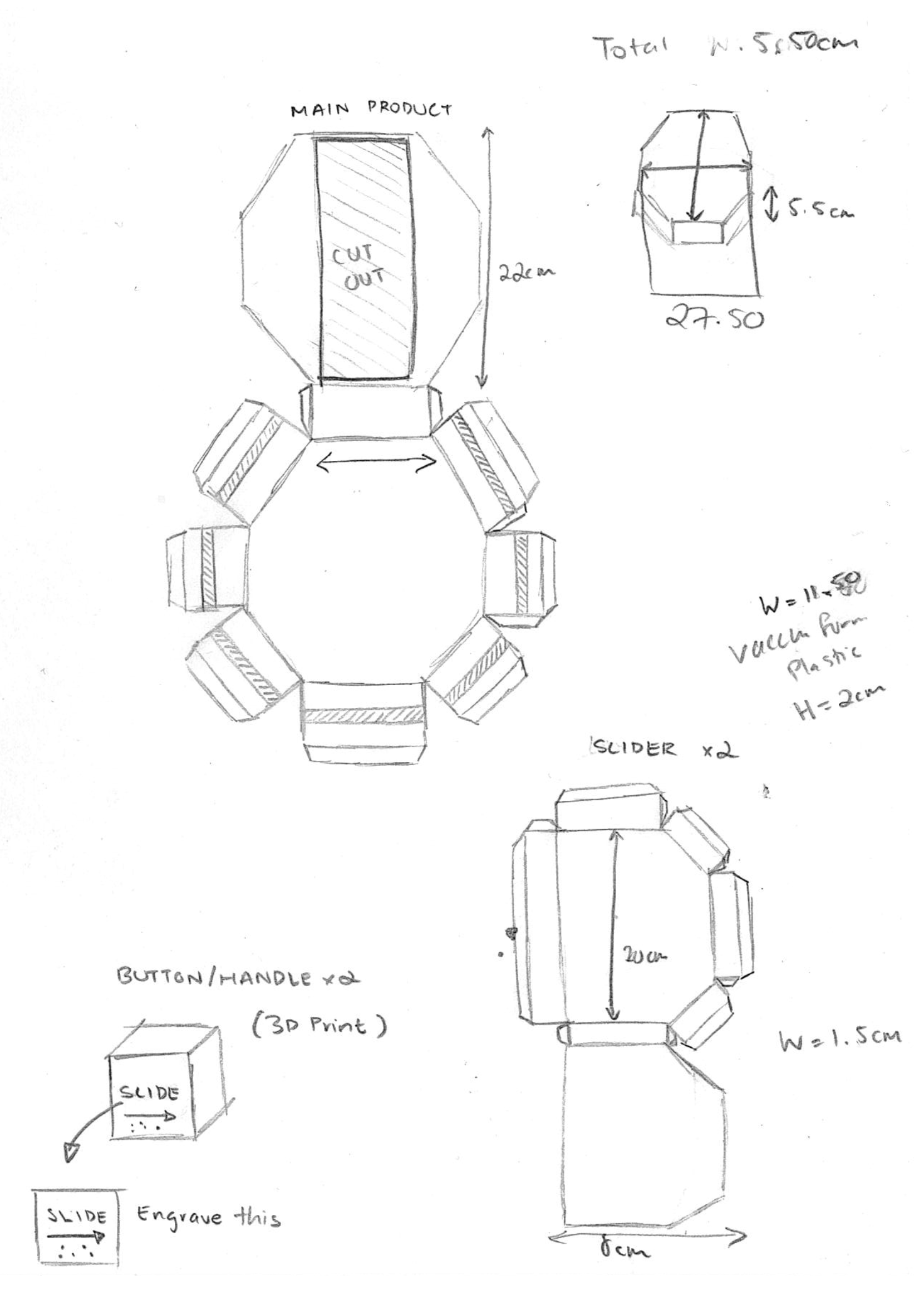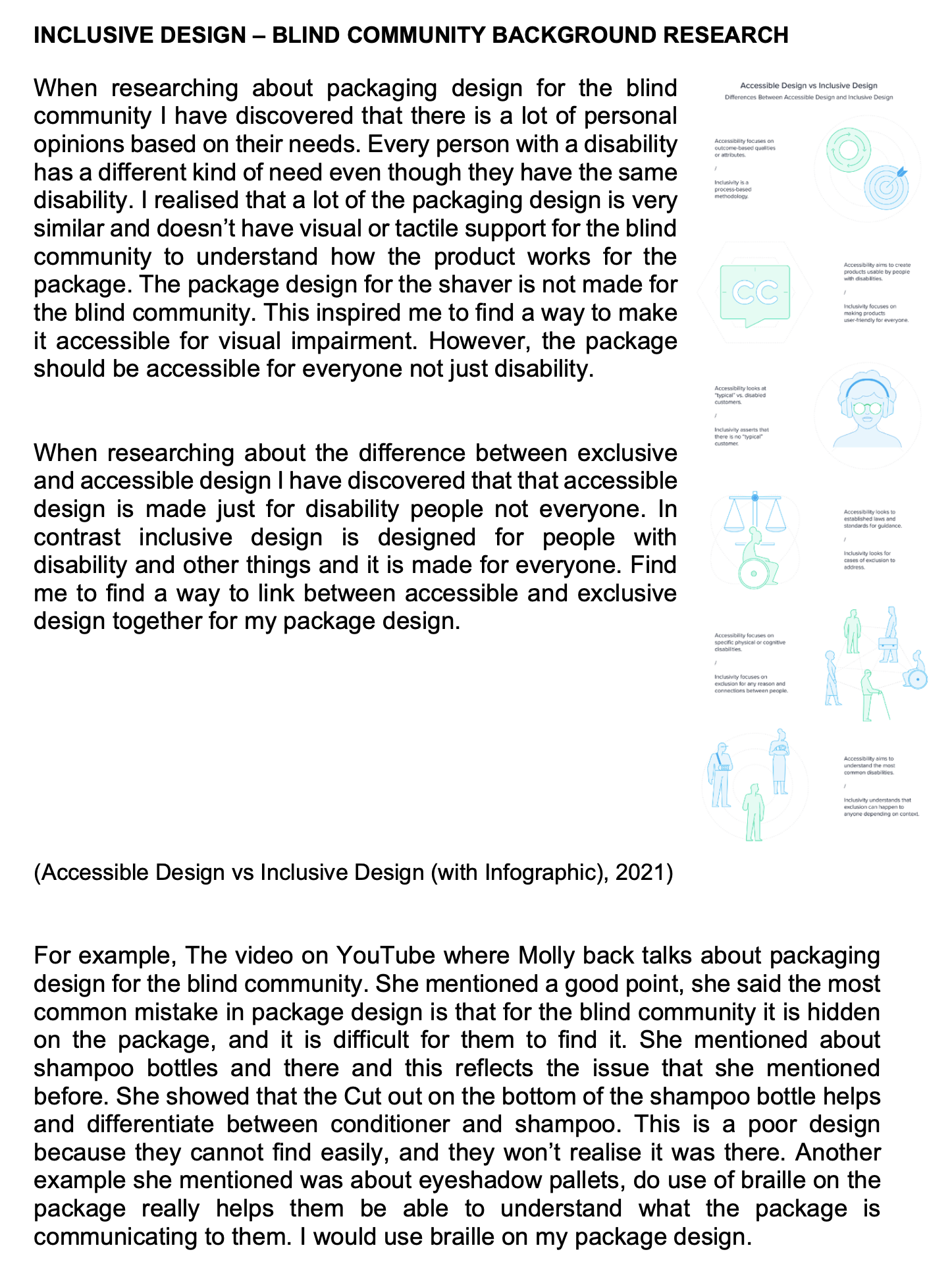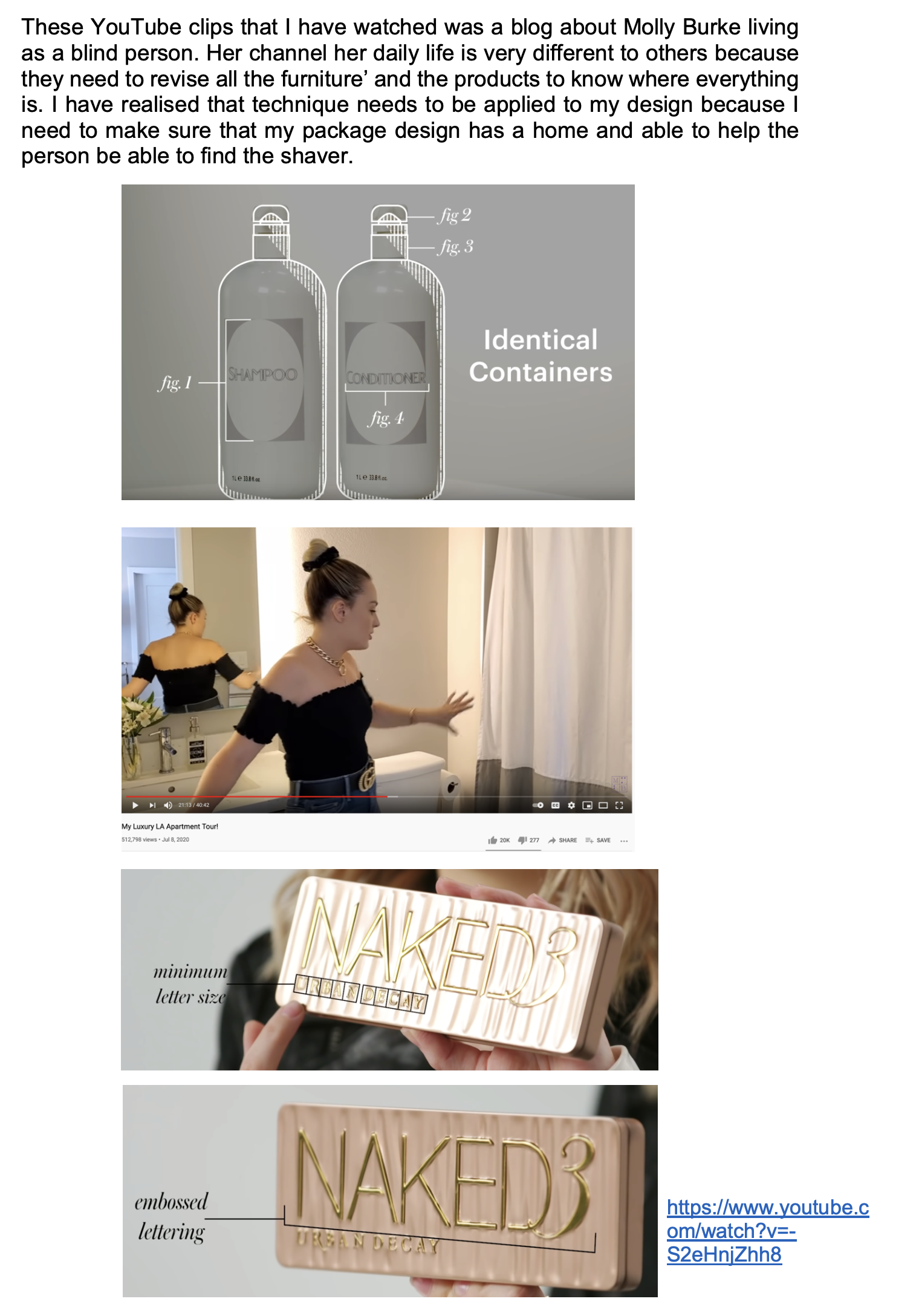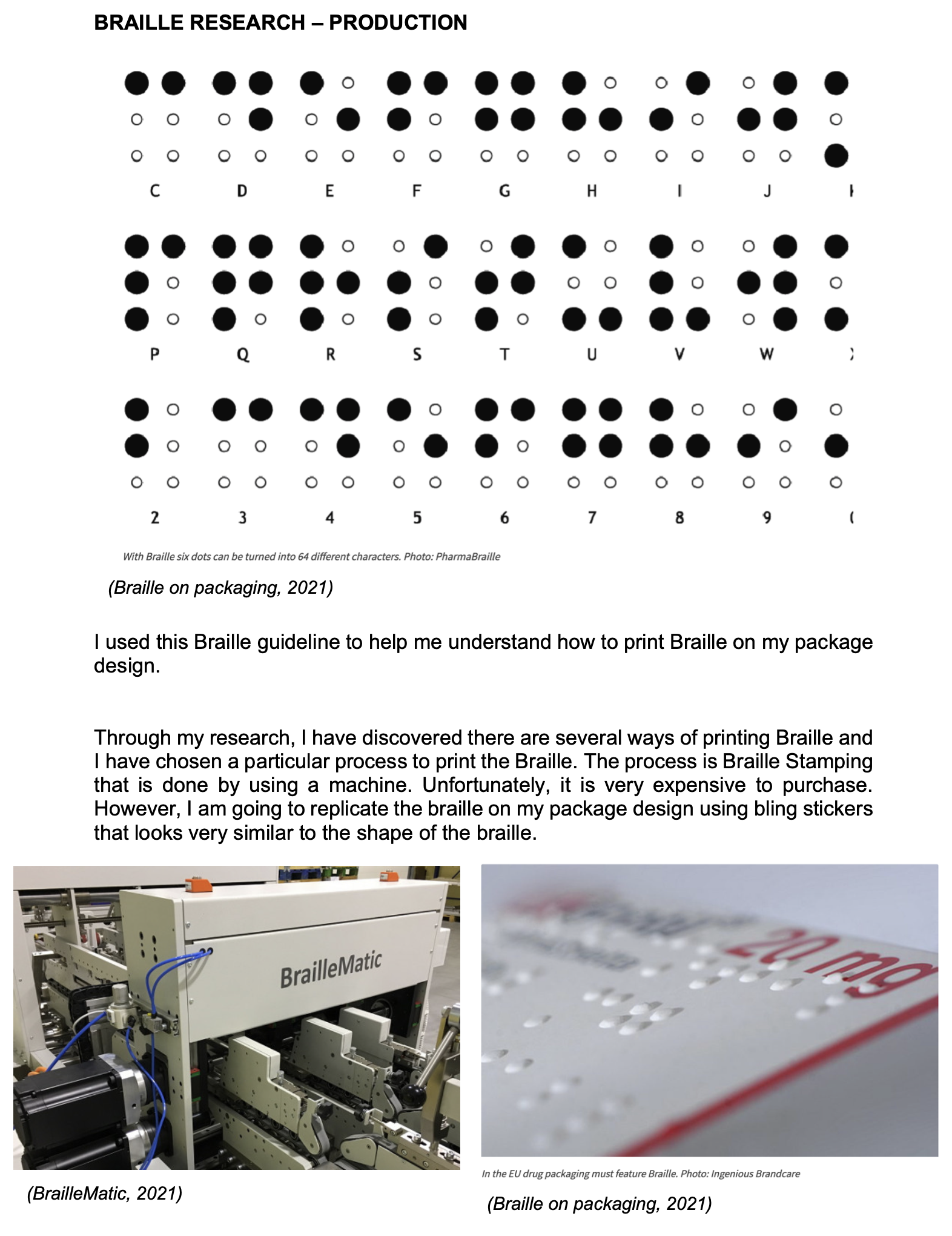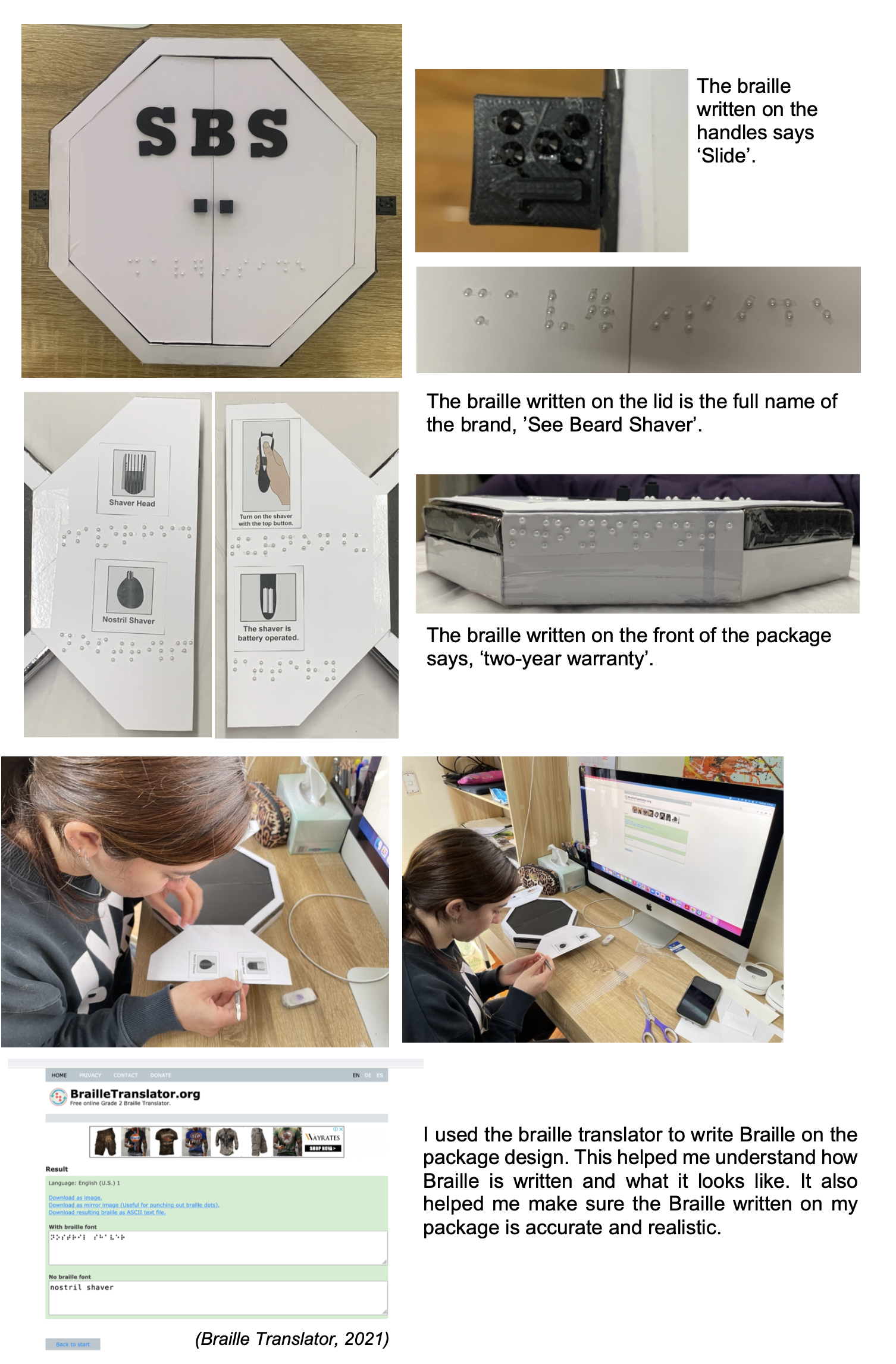disability focus
Inclusive Design Projects
Tiny House project: Empowering Independence for the Disability Community
The Tiny House Project is a purpose-driven initiative that focuses on supporting the disability community and fostering independence among its clients. Leveraging the NDIS Supported Independent Living (SIL) program, this project aims to empower individuals who struggle to live independently by providing them with the necessary support systems.
In the current housing system, clients often face challenges due to rising costs and limited space in apartments and group homes. Many find it difficult to meet their financial obligations, and the cramped living conditions hinder their ability to thrive.
To address these issues, the Tiny House Project proposes an innovative solution – redesigning tiny houses. By adopting this approach, the government can extend more affordable support and housing assistance to the disability community. Tiny houses offer a cost-effective alternative, enabling the allocation of resources to better serve those in need.
The chosen location for the tiny house community is Grorae, Victoria. This area boasts ample land space, perfectly suited to accommodate multiple tiny houses and create a supportive community center. This strategic decision allows for streamlined funding and efficient assistance from the government, facilitating the achievement of clients’ goals.
In summary, the Tiny House Project is driven by a vision of promoting independence and providing an inclusive living environment for the disability community. By embracing this innovative approach and utilizing the advantages of tiny houses, this initiative aims to make a significant impact on the lives of its clients, fostering a more empowering and supportive future.
HSC Design Technology Major – Duymak Project: Enhancing Cochlear Implant Experience
The Duymak project is a labor of love, born from my personal journey with Cochlear Implants. Seeking to improve the user experience, I embarked on extensive research and surveys to understand if others faced similar challenges. The outcomes were remarkable, as many users encountered similar issues and new insights emerged, paving the way for enhancing the Cochlear Implant kit.
My innovation is a fabric kit designed for easy travel, aiming to motivate young users in comprehending the usage and maintenance of their Cochlear Implant. The fabric kit offers a practical solution to empower users, making the process more accessible and enjoyable.
To complement the kit, I crafted an information booklet that is lightweight and easy to carry. The objective was to simplify complex language and incorporate more visuals, facilitating better understanding of the Cochlear Implant and its accessories. My personal experience led me to investigate if others shared the same concerns with the existing booklet, and indeed, they did. This discovery fueled my determination to redesign an information booklet that truly meets users’ needs.
The Duymak project stands as a testament to my dedication to making a positive impact on the lives of Cochlear Implant users. By addressing their challenges and providing practical solutions, I hope to empower young users to embrace their devices confidently, enhancing their overall experience with this life-changing technology.
‘SBS’ (See Beard Shaver): Empowering Independence for the Blind Community
The ‘SBS’ (See Beard Shaver) is a revolutionary product designed with inclusivity at its core, primarily targeting the blind community. The packaging design has been thoughtfully crafted to cater to the unique needs of visually impaired individuals, ensuring they can fully comprehend how to use the product independently.
Understanding the significance of Braille as a tactile language, the packaging incorporates Braille text, providing essential information about the product’s usage and features. Moreover, recognizing that visuals play a crucial role for individuals with vision impairment, the packaging utilizes a minimalist approach, featuring fewer texts and more imagery to facilitate better understanding.
Texture holds paramount importance for the blind community, as it serves as a guide for them to comprehend the product. Emphasizing this aspect, the packaging incorporates distinguishable textures that enable users to identify and understand the shaver effortlessly.
To further aid quick identification, the package design employs straight, harsh lines, offering a clear indication of the product within, ensuring that the blind community does not struggle while handling the package.
Throughout my research on packaging design for the blind community, I discovered that personal opinions and individual needs vary widely among those with visual impairments. Each person has unique requirements, even if they share the same disability. It became evident that many existing packaging designs lacked sufficient visual or tactile support for the blind community to grasp the product’s functionality.
Inspired to make a difference, I was determined to create a packaging design that caters to the needs of the visually impaired while ensuring accessibility for everyone, regardless of their abilities.
The ‘SBS’ packaging exemplifies this commitment, empowering clients to understand the product and experience the joy of independently opening and using the shaver. It represents a step towards a more inclusive future where products are designed with the diverse needs of all individuals in mind.
Crafting an All-Inclusive Home Office Worktable: Merging Ergonomics and Cutting-Edge Technology
The core objective of this design is to create a comprehensive and versatile home office worktable that caters to users with disabilities while embracing a wider audience. Achieving inclusivity entails seamless integration of ergonomic aspects and state-of-the-art technology from Apple and other leading manufacturers.
Human Systems and Technology Integration: To ensure maximum accessibility, the worktable artfully merges various human systems with cutting-edge technology. Key components include motion sensors, Sero motor (for leg height adjustment), touchpad, an embedded monitor display, and convenient stationary storage within the table.
Breakdown of Each System:
1. Adjustable Table Height: The worktable incorporates customizable leg height, thoughtfully catering to a diverse range of heights, especially wheelchair users. This ergonomic feature encourages users to maintain an optimal posture, ensuring an upright position with supported wrists during keyboard or mouse usage. By reducing static loading on the neck, shoulders, and arms, users can enjoy enhanced comfort and productivity. The table’s height plays a crucial role in establishing a natural, relaxed seating position, ultimately influencing overall posture.
2. Curved Table Design: The gracefully curved table surface facilitates easy access to the embedded technology. Users can effortlessly interact with the integrated devices while maintaining parallel arm positions, minimizing wrist strain. This curvature enhances user comfort and allows efficient access to all elements on the table.
3. Organisation and Minimalism: By promoting an organied work environment, the table encourages changes in posture and movement, reducing back pain and fatigue. Offering diverse task opportunities, the table fosters effective and productive work habits.
4. Monitor Placement: The worktable takes into account the importance of monitor distance and height in impacting the user’s posture. Adjustability allows users to position the monitor at eye level with a slight tilt, promoting correct posture and reducing strain on the neck and eyes.
Leveraging Human Systems for Enhanced Experience: Optimising the human systems within this design involves prioritizing ergonomic friendliness, especially for wheelchair users and individuals with special needs. By thoughtfully integrating these systems and ergonomic features, the inclusive worktable ensures it meets the unique requirements of each user, delivering an efficient and enjoyable work experience for all.


